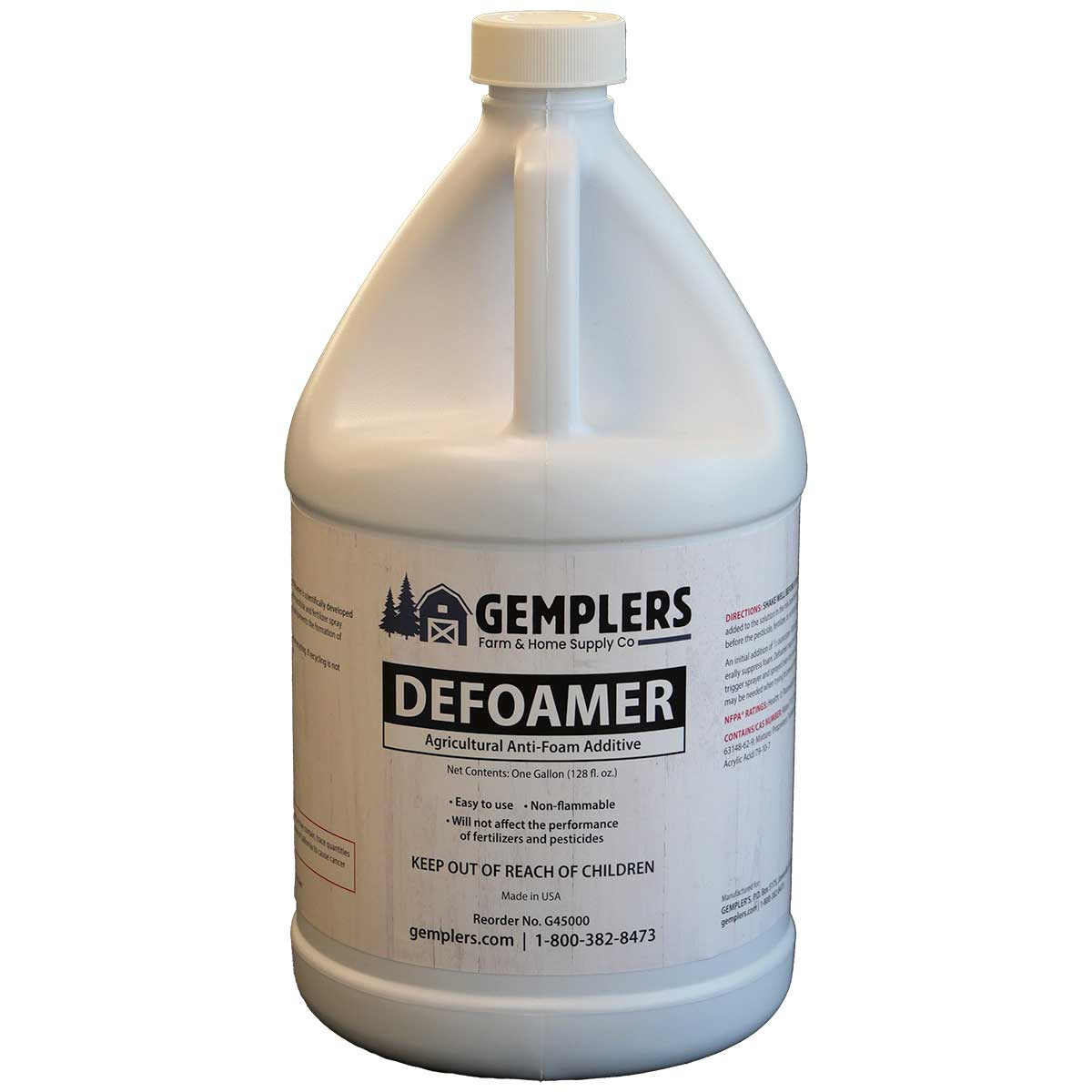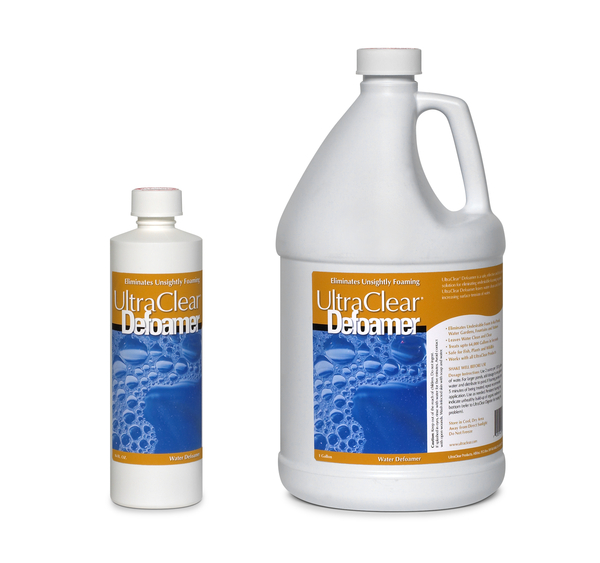The Role of Defoamers in Enhancing Item Top Quality and Performance
In numerous making processes, the visibility of foam can substantially prevent product quality and functional performance. Defoamers work as necessary additives that reduce this problem, guaranteeing smoother manufacturing workflows while boosting the functional and visual attributes of the end products (defoamers). Their application covers a wide range of industries, from food and beverage to drugs, where consistency and dependability are extremely important. Nevertheless, the selection of the ideal defoamer can be crucial to achieving ideal outcomes, elevating important questions concerning solution compatibility and efficiency metrics that warrant further expedition.
Comprehending Defoamers
Recognizing the duty of defoamers is important for maintaining item quality across various sectors. Defoamers are chemical additives made to avoid the formation and lower of foam in liquid systems, which can detrimentally influence procedures such as mixing, loading, and surface tension. Lathering can bring about ineffectiveness, item defects, and jeopardized aesthetic charm, making defoamers a critical element in producing procedures.
In commercial applications, defoamers assist to boost item uniformity and security. The efficient usage of defoamers not only makes sure smoother production processes but also adds to exceptional item performance.
Additionally, the selection and formula of a defoamer must line up with particular application needs, such as compatibility with various other ingredients, efficiency under varying temperature level and pH problems, and prospective regulative restraints. Inevitably, recognizing defoamers' features and their significance in various formulations is important for optimizing production and guaranteeing the finest final result.
Kinds Of Defoamers
Defoamers can be categorized into several types based upon their structure and mechanism of action. The main types consist of silicone-based, non-silicone natural, and inorganic defoamers.
Silicone-based defoamers are among one of the most efficient, mostly because of their capacity to spread out swiftly on the liquid surface area and interrupt foam formation. Their one-of-a-kind chemical framework enables superior stability, making them suitable for high-temperature applications and settings with differing pH levels.
Non-silicone organic defoamers, typically made up of all-natural oils or fats, are valued for their biodegradability and lower toxicity. These are generally made use of in food and drink applications where safety and security and ecological influence are paramount.
Inorganic defoamers, which include materials like talc or calcium carbonate, act by enhancing the density of the liquid, therefore lowering foam stability. They are frequently used in commercial procedures where compatibility with other products is not an issue.
Each kind of defoamer has distinct advantages and restrictions, permitting customized options relying on the specific frothing issues encountered in numerous applications. Understanding these distinctions is important for enhancing performance and achieving desired item high quality.
Applications Across Industries
Numerous industries take advantage of defoamers to improve item top quality and operational effectiveness. In the food and beverage industry, defoamers are critical in processes such as developing and milk production to avoid foam formation, which can bring about inefficiencies and item disparity. By managing foam, manufacturers can make sure much better yield and a much more consistent item.
In the pharmaceutical market, defoamers play a crucial role in the solution of fluid medications, where extreme foam can impede blending and exact application. Their usage aids preserve the honesty of the formulas and a knockout post helps with smoother manufacturing processes.
The paint article and finishings market likewise counts on defoamers to improve the performance of items throughout application. By lessening foam, these ingredients guarantee a smoother surface and boost the aesthetic top qualities of the final item.

Advantages of Utilizing Defoamers
While the application of defoamers varies across markets, their advantages continually boost product high quality and process performance. One considerable benefit is the decrease of foam development during producing procedures, which can or else lead to manufacturing hold-ups and variances in product quality. By minimizing foam, defoamers enable a smoother flow of products, promoting a lot more effective procedures and decreasing the possibility of tools malfunctions.
In addition, making use of defoamers can enhance the appearance and texture of end products. In markets such as finishes, paints, and food processing, extreme foam can compromise the aesthetic appearances and total high quality, while the ideal defoamer application makes sure a consistent surface and preferable characteristics. Additionally, defoamers can add to cost financial savings by reducing waste during production and maximizing using raw products (defoamers).

Picking the Right Defoamer
Choosing the right defoamer is critical for maximizing manufacturing procedures and guaranteeing product quality. The selection of defoamer affects not just the efficiency of foam control but also the overall performance features of the end product. Factors to take into consideration consist of the kind of application, the chemistry of the formula, and the environmental conditions under which the item will certainly be made use of.
Different markets might need certain defoamer types, such as silicone-based, organic, or polymeric defoamers. Comprehending the compatibility of the defoamer with the main active ingredients is necessary to stay clear of unfavorable responses that could endanger item integrity. Additionally, the defoamer's performance in numerous temperatures and pH degrees need to be assessed to ensure constant performance.
Evaluating the defoamer in small applications can supply important understandings right into its efficiency and viability. Consideration of regulatory conformity, especially in food, drugs, and cosmetics, is vital in selecting a defoamer. Ultimately, a comprehensive evaluation of these variables will result in the selection of a defoamer that not only regulates foam effectively yet likewise improves the high quality and performance of the end product.
Verdict

In conclusion, defoamers are important additives that considerably enhance item high quality and performance throughout numerous industries. The tactical option and application of defoamers lead to set you back savings, enhanced source usage, and boosted consumer complete satisfaction.
Lathering can lead to inadequacies, product problems, and endangered aesthetic charm, making defoamers a vital component in manufacturing operations.
